There can be your advertisement
300x150
5 mistakes in the design of wooden houses
Wooden houses are cozy and atmospheric. However, they require a special approach. In this post, designer Irina Vasileva talks about the most common mistakes made when working on the interior of a wooden house. Of course, she also offers solutions for each one.
IRINA VASILEVA — an expert and interior designer who loves combining elements of different styles to create individual solutions
Integrated furniture
Mistake: the question of storage organization is important not only in apartments but also in country houses. Many clients love wardrobes that go from floor to ceiling for their spaciousness and lack of dust on surfaces. However, if you simply 'push' the wardrobe up to the ceiling in a wooden house like it's done in apartments, the wardrobe will simply break or fall apart when the house settles.
Solution: leave a technical gap between the wardrobe and the ceiling. Its size depends on the type of material (natural wood or plywood, dried or not, etc.). The gap can be closed with a cornice mounted to the ceiling and which 'slides' onto the wardrobe as the house settles, while the doors are designed to be slightly shorter in height than the wardrobe by the width of this cornice.

Paint selection
Mistake: in a regular house, it's enough to paint a sample on gypsum board and bring it close to the wall to choose the paint. In a wooden house, this is not enough, as different wood species (even the same type of wood but sanded with sandpaper of different grits) absorb paint differently. Therefore, the shade on the wall may significantly differ from the shade on the sample.
Solution: I buy 4–5 samples of different wood painting compositions (oils, waxes) and test them on a pre-prepared wall surface in the house (this can be a wall behind the kitchen or behind a wardrobe), painting squares about 50x50 cm using methods recommended for each composition (taking into account the sandpaper grit, need for interlayer sanding, tools — these details should be clarified with the manufacturer).
Material imitation
Mistake: often, block haus and wood plank imitation are used to decorate frame walls. In my opinion, this is not the best solution, especially for log houses. Against natural logs, perfectly flat block haus will look unnatural and forced. Moreover, considerable effort is needed to achieve a uniform shade when painting.
Solution: for finishing frame partitions, you can use wallpaper, stone, relief panels — they will 'break up' the wood and become an accent in the interior. But remember that wood, especially logs, is the dominant element in the interior: supporting materials should create contrast. Unclear textures on its background will not be readable — the interior will end up boring.
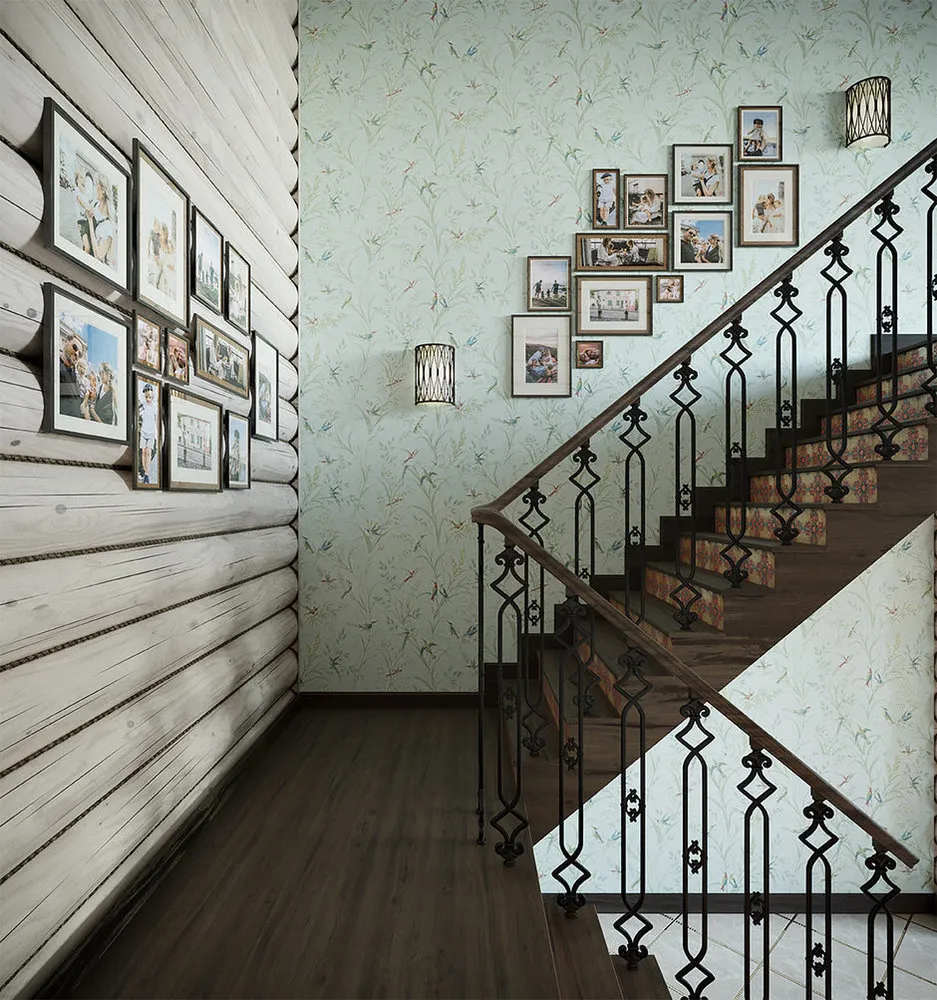
Room dimensions
Mistake: often there is a task to 'fit' wood into any wall. For example, in bathrooms. But don't forget that for this you need to assemble a sliding frame with a depth of 6 cm. In a small space, this can be critical.
Solution: plan in advance the places where walls will be extended and arrange furniture with allowance for sliding frames. If the bathroom is small, try using tiles only in the wet zone.
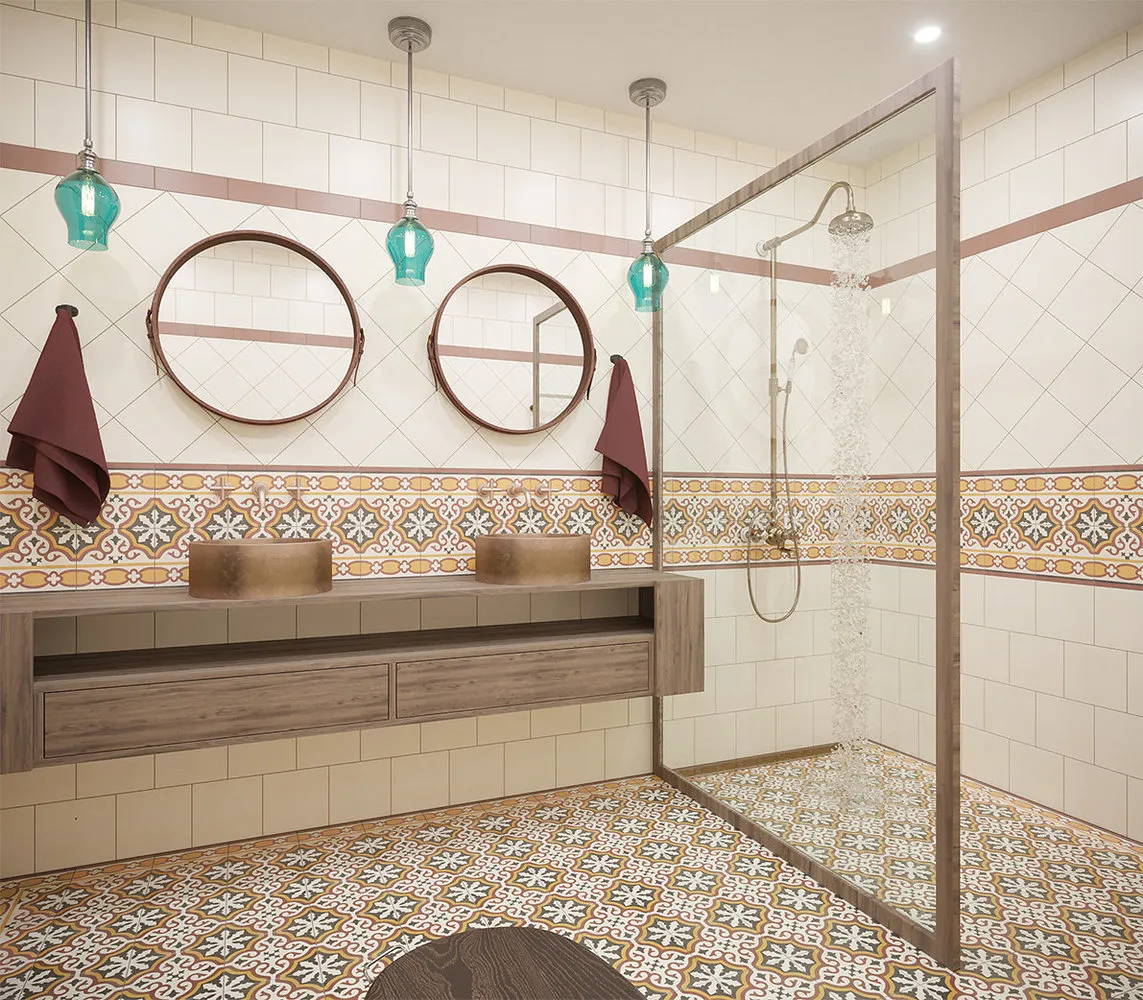
Insufficient lighting
Mistake: wooden surfaces have a tendency to absorb light. If one chandelier placed in the center is enough for lighting a small room in a regular house, this solution won't work for a wooden house. The light will concentrate around the source, leaving corners in shadow.
Solution: to ensure even main lighting, use additional spotlights. Plan lighting scenarios based on the function of the room. Don't forget about accent lighting — wall sconces, floor lamps, pendant lights not only form a proper lighting scenario but also make the house cozy and warm.
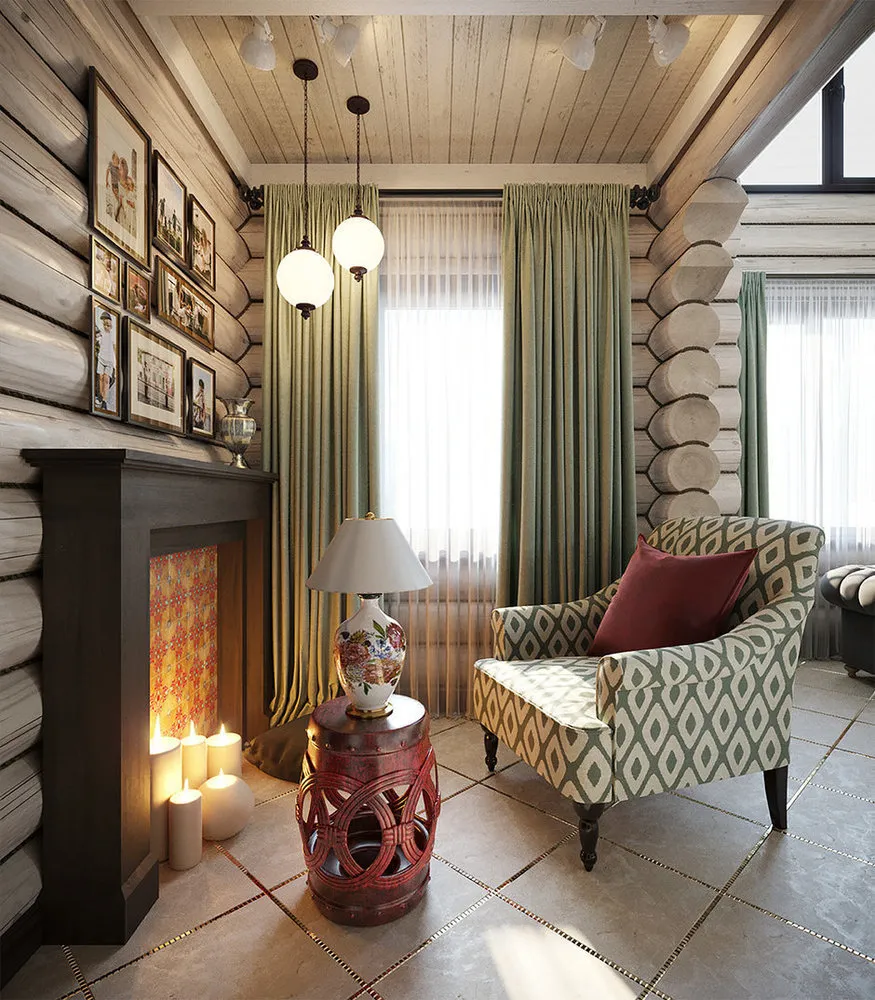
Illustrations: design project by Irina Vasileva.
More articles:
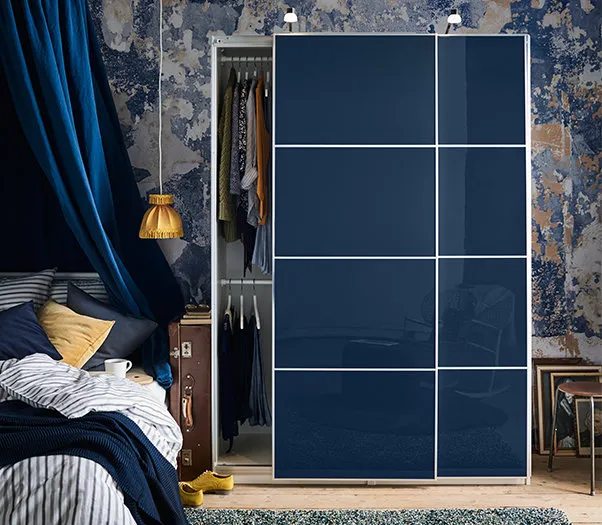 Discounts at IKEA: What to Buy Before June 24th
Discounts at IKEA: What to Buy Before June 24th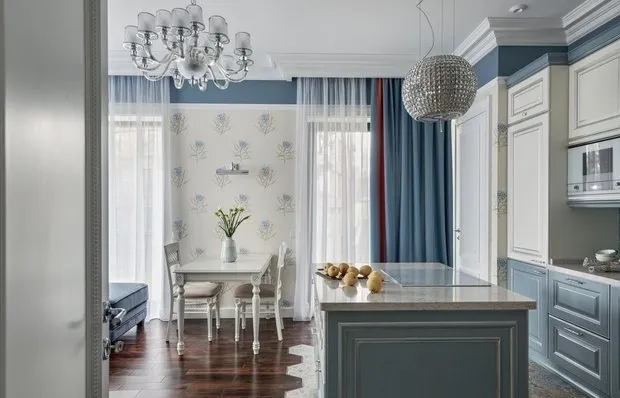 9 Circles of Renovation: What You Need to Go Through to Live Beautifully
9 Circles of Renovation: What You Need to Go Through to Live Beautifully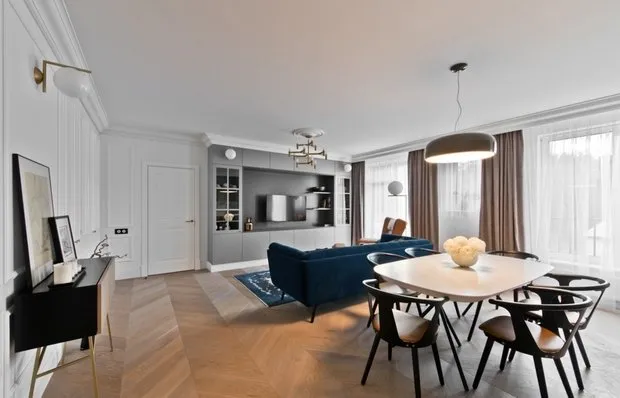 Eclectic Interior in Vilnius with Hidden Storage
Eclectic Interior in Vilnius with Hidden Storage Perfect Kitchen: 10 Pro Tips for Its Layout
Perfect Kitchen: 10 Pro Tips for Its Layout 10 Amazing Places in Paris You Didn't Know About
10 Amazing Places in Paris You Didn't Know About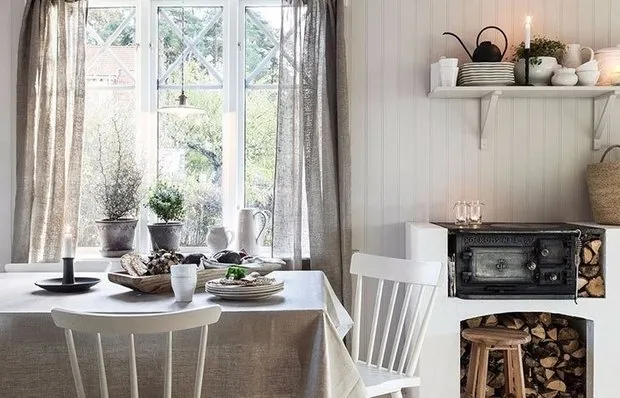 What to Learn from Western Designers: 8 Tips for the Dacha
What to Learn from Western Designers: 8 Tips for the Dacha What to Do About Very Low Ceilings in My Apartment?
What to Do About Very Low Ceilings in My Apartment? Bright Apartment in London's Hackney
Bright Apartment in London's Hackney